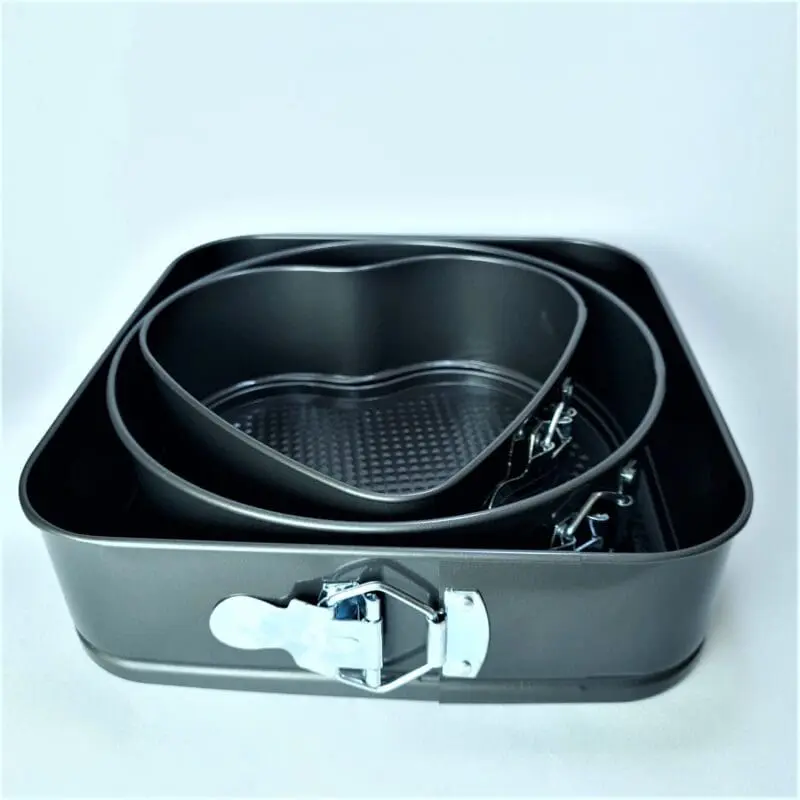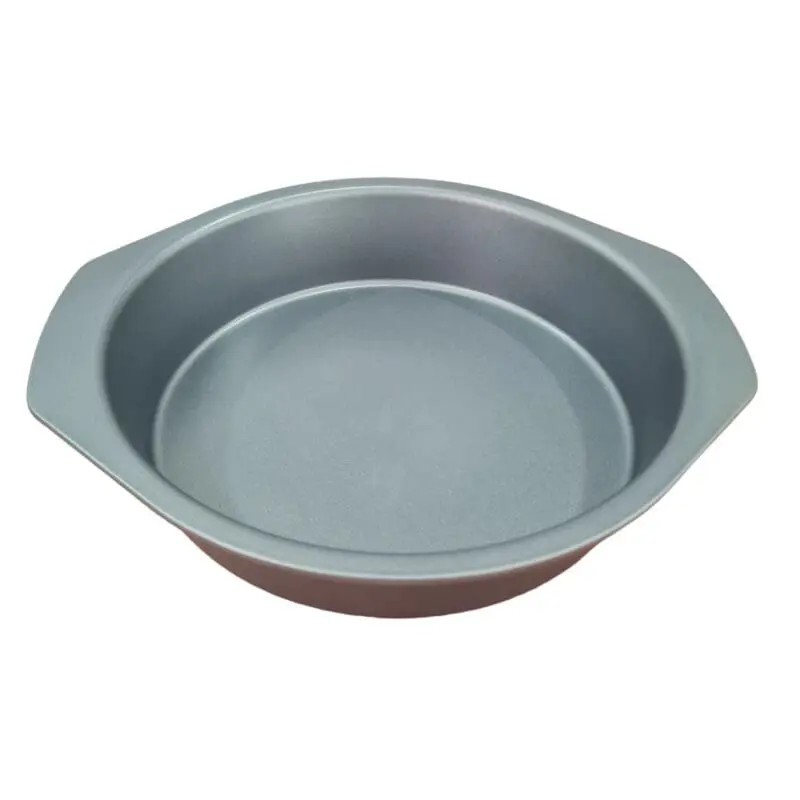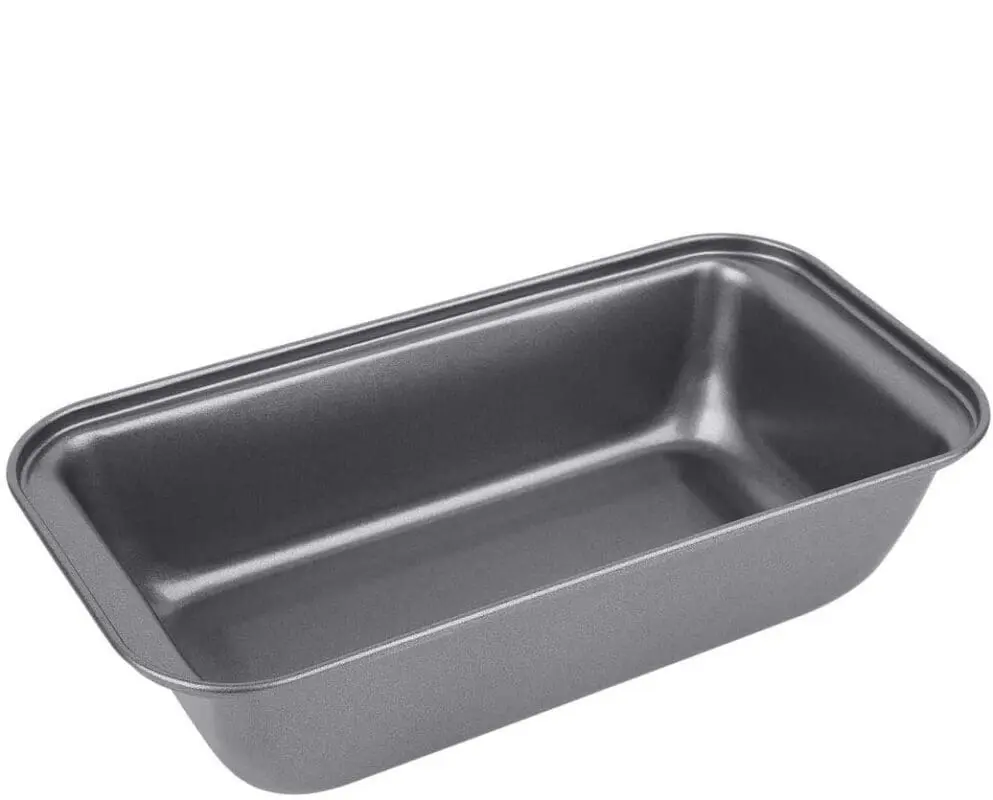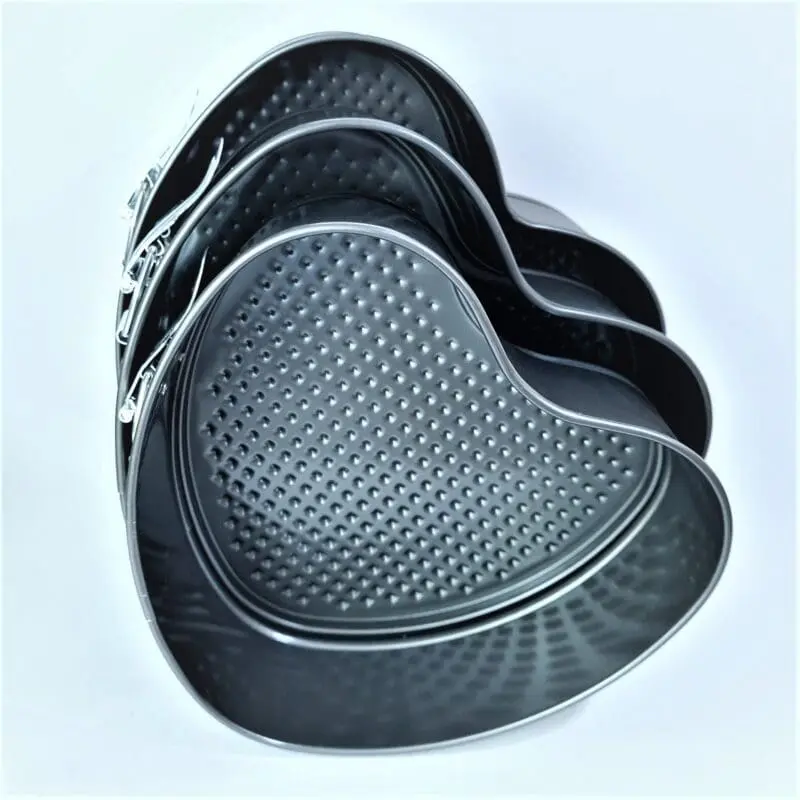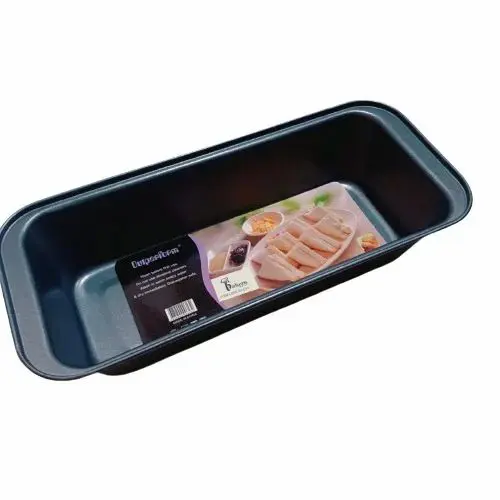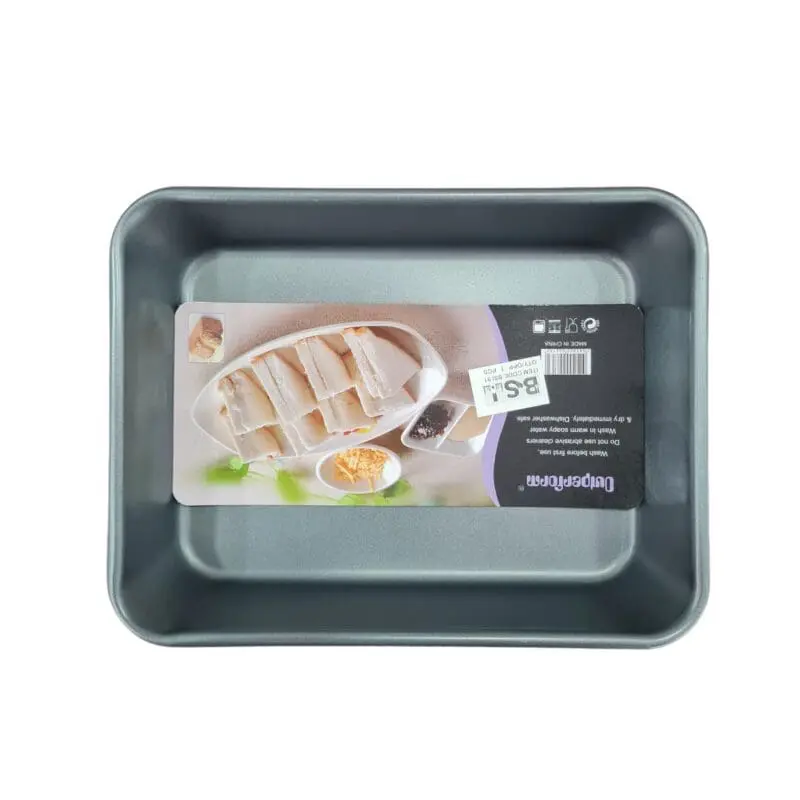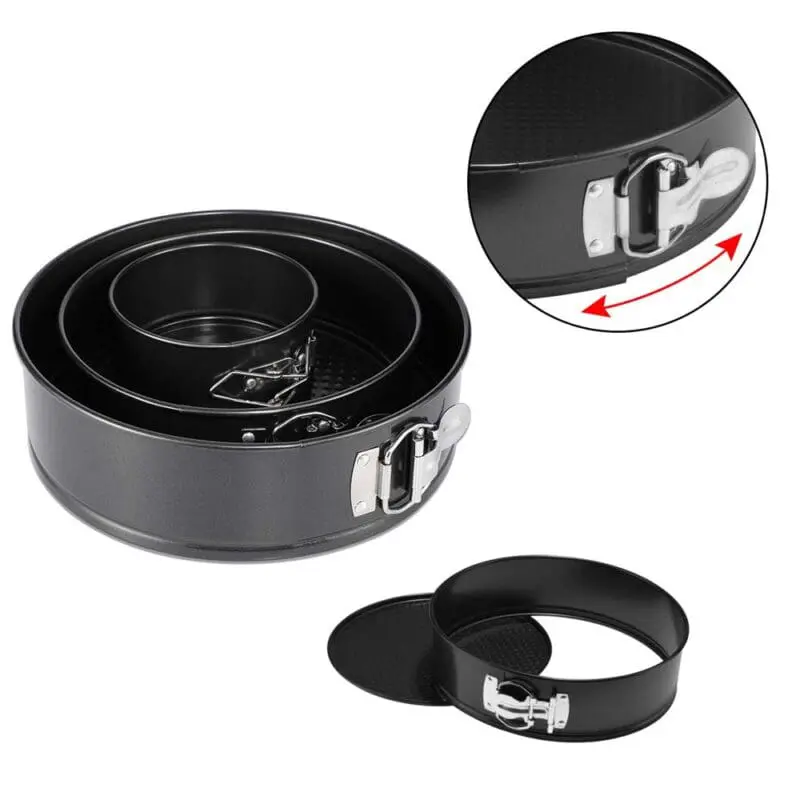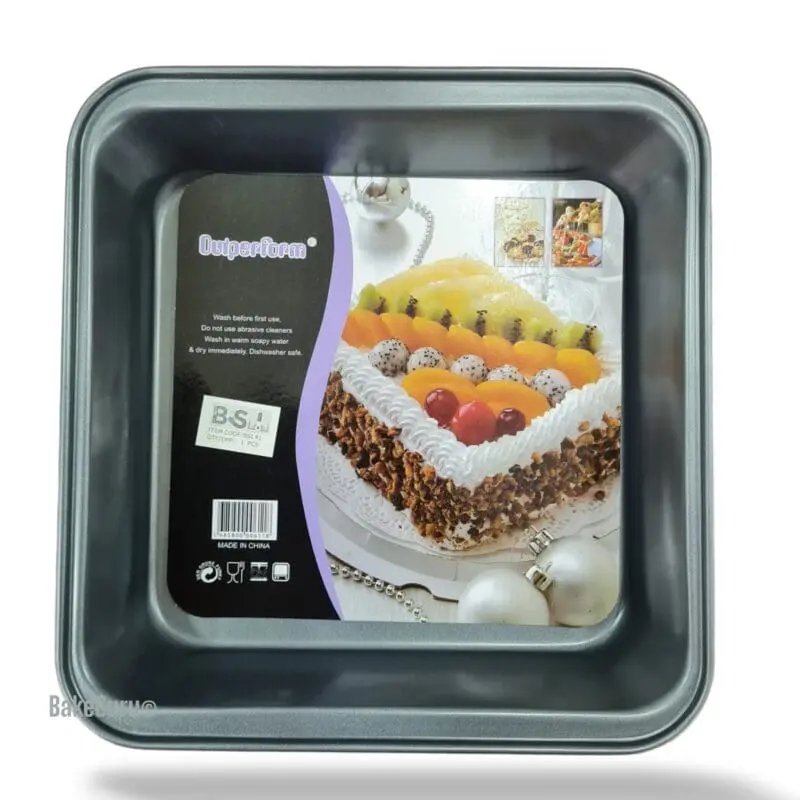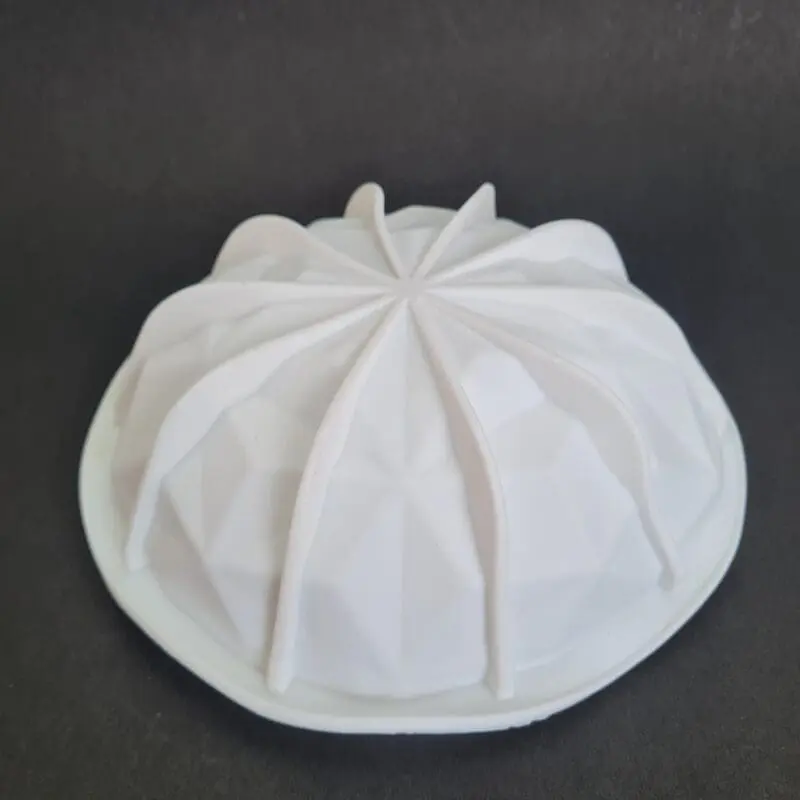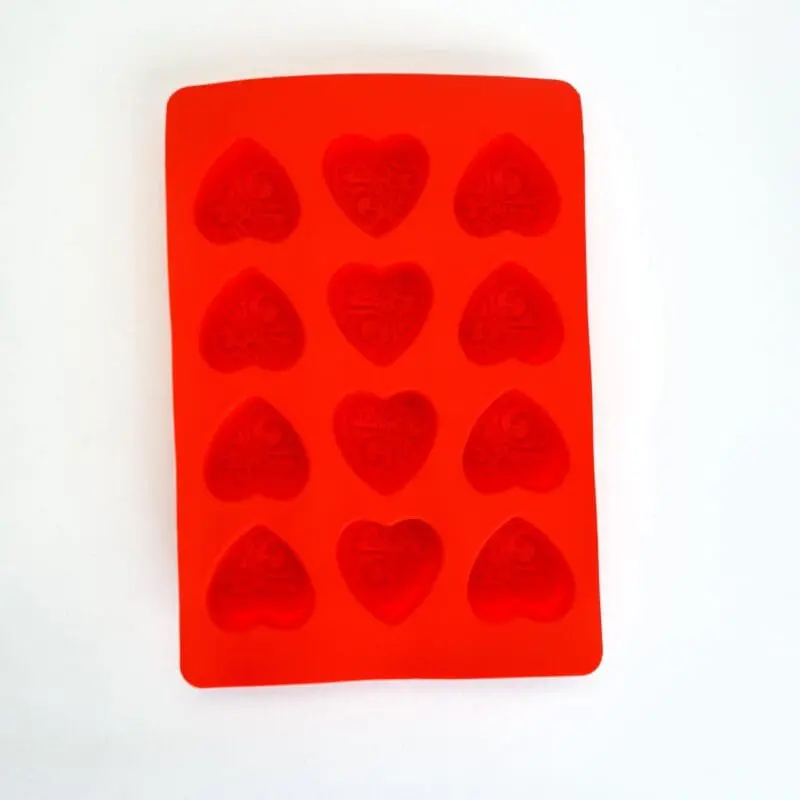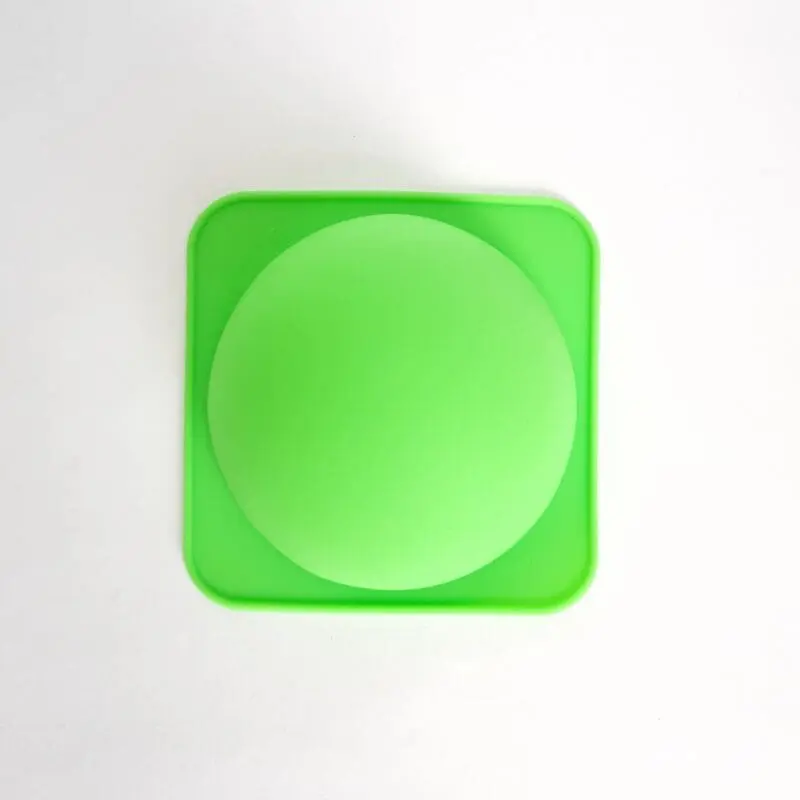Are you wondering how the material and color of a baking pan can affect your baking? Have you experienced cookies burning on the bottom even after a reasonable baking time? If so, this post is here to help! Learn more about bakeware and how different materials, colors, and sizes can all have an impact on how you bake. You'll also discover why pans can warp, bend, or rust and how to make changes and adjustments to the bakeware you already have.
The aim isn't to encourage you to buy new pans but simply to provide you with the knowledge to make the best of whatever baking utensils you have around.
Materials Impact on baking
The baking pan material you use plays a big part in the success or failure of a baking recipe. Different materials heat up and cool down at different rates while in the oven, which means the cooking time of a recipe will vary depending on the material. Knowing which material works best for certain recipes can help you become a pro at baking – you’ll be able to adjust your baking temperatures and times accordingly!
BakeGuru® 3 In 1 Carbon Steel Spring Form Heart, Round, and Square Shape Non-Stick Cake Molds with Removable Base | BSI 32
1 Carbon round Shape Non-Stick Cake Moulds/Tins/Pans/Trays
BakeGuru® 12cup cakes Carbon Non-Stick Cake Molds/Tins/Pans/Trays for both Oven and Cooker | BSI 42
1 Carbon Steel Spring Form round Shape Non-Stick Cake Moulds/Tins/Pans/Trays for both Oven and Cooker | BSI 34
BakeGuru® 1 Piece Heavy Duty Carbon Steel Rectangular Small Bread Loaf Mold Pan (25.5cm-13cm-6cm) | BSI 26
3 In 1 Carbon Steel Spring Form Heart Shape Non-Stick Cake Moulds/Tins/Pans/Trays for both Oven and Cooker with Removable Base | BSI 33
1 Piece Heavy Duty Carbon Steel Rectangular Medium Bread Loaf Cake Mould Pan Tray for Baking Non Sticky Tin Teflon Coating (30cm-13cm-6cm) | BSI 27
Rectangluar Shape Non-Stick Cake Moulds/Tins/Pans/Trays for Oven and Cooker with BSI 93
Russian Ball Tips for Cake Decorating, Large Piping Tips Set for Cookie Cupcake Piping Nozzles Set, 7pcs Russian Ball Tips with Reusable Icing Bag (BSI-66)
6cup cakesCarbon Non-Stick Cake Moulds/Tins/Pans/Trays for both Oven and Cooker | BSI 37
Explore a World of Baking Possibilities with BakeGuru
1 Piece Heavy Duty Carbon Steel square Mold Pan Tray for Baking Non Sticky Tin Teflon Coating | BSI 41
Aluminium Baking Pan’s
Aluminium is an excellent heat conductor and is commonly used in bakeware due to its ability to evenly distribute heat. Look for high-quality aluminium pans constructed with an even sheet of thick metal to ensure your baked goods cook evenly. However, since aluminium is reactive, it may not be the best choice for recipes involving acidic or basic ingredients as the metal may leach into your food. Therefore, select a dish that is non-reactive, such as ceramic, for those types of recipes
Stainless steel Bakeware
Stainless steel is an incredibly versatile metal, with properties that allow it to be used
Silicone Bake Pan’s
If you crave the golden top and crunchy bottom that come with baking on parchment paper, you’ll need to be willing to increase the amount of time (usually double) youbake your goodies in a silicone pan. For those who prefer to bake with silicone, the extra time and attention can pay off in tempting results! Silicone is better for more delicate cookies like macarons, and it’s also incredibly easy to clean and store. If you want the perfect baked goods with that golden-brown finish and crunchy texture, you may want to opt for parchment paper as oppose to silicone. However, if you’re seeking easy-to-clean and space-saving cooking materials with delicious results, silicone is an excellent and reliable option. With some adjustments to the baking time, you can create enjoyable treats that your friends and family will love.
GLASS Baking Pan’s

CAST IRON Baking Pan’s
There’s a reason why people keep cast iron pans around for generations: they’re greatconductors of heat, and, when well-seasoned, non-stick. To achieve this effect, the surface of the pan needs to be coated with a thin layer of oil and then baked in the oven for a long time at a high temperature. The heat causes the oil to polymerize and transform into a non-stick paste that can’t be washed off with soap and water. This is why cast iron pans are so enduring and so favoured by cooks and bakers.
CERAMIC Baking Pan’s
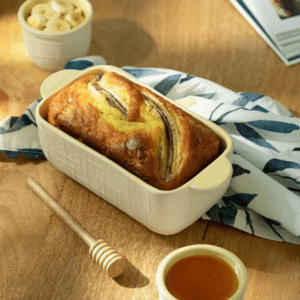
ENAMEL CAST-IRON BAKING PANs
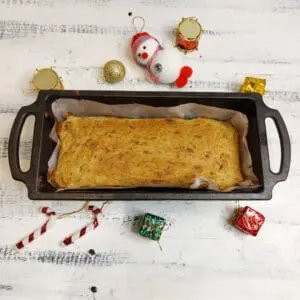
Food Grade Best Quality Designed Half Sphere Pinata Silicone Cake Mould | BSI 243
Valentine’s Day Special 12 Cavity Small Heart Shape with Gothic Design Silicone Candy Mould | BSI 248
Best Quality 4.5 Inches Diameter Half Sphere Pinata Silicone Cake Mould | BSI 245
INSULATED Baking Pan’s
For over a decade, insulated metal sheet pans have been on the rise – two thin layers of metal separated by a gap of air. This allows the pans to appear thicker while still being lightweight. Thanks to the gap, they are great for baking cookies as the temperature is spread out more evenly, resulting in cookies that are much less likely to get burned. The lighter-coloured, softer texture of the cookies is also a bonus. If you prefer a softer, under-baked cookie, switch to insulated pans or add a silicone liner when baking.
THE IMPACT OF THE GAUGE OF THE METAL ON BAKING
If you’re not sure what gauge your bakeware is, the best way to tell is by its thickness. Generally speaking, higher gauges indicate thinner metal while lower gauges indicate thicker metal. For instance, a 15 gauge pan is much thicker than a 24 gauge pan.
Not all bakeware is made with metal; some are made of glass or ceramic. However, understanding the differences between metal gauges can help you choose the right bakeware for the job. Thicker pans are better for baking cakes, while thinner pans are excellent for cookies and other treats. Furthermore, thicker pans heat up more slowly which can result in better browned and softer-textured baked goods. On the other hand, thinner pans heat up quickly and will produce crispier treats.
When it comes to baking, understanding the differences between metal gauges is key to producing the perfect cake or cookie. Thicker pans heat up at a slower rate, while thinner pans heat up quickly. This can affect the texture of your baked goods. If you’re baking a cake, you’ll want to choose a thicker pan to help ensure a soft and even texture. If you’re making cookies, a thinner pan will help produce a crisper final product. No matter what type
The impact of pan colour on baking
Have you ever wondered if the colour of your bakeware has an effect on how your baked goods turn out? If so, the answer is yes! The colour of your bakeware can indeed affect how your treats brown in the oven, so it’s important to tweak the baking temperature depending on what type of pan you’re using.
Dark finish vs light finish
Darker materials are known to radiate greater amounts of heat than lighter materials. This means that pans with a dull (matte) finish are much better than those with a shiny metallic finish when it comes to transferring heat to desserts. If you are using a darker coloured pan, it is average to reduce the oven temperature by 25 ºF, so baking at 325 ºF instead of 350 ºF. This will allow you to achieve the same bake in the same time as you would with a lighter coloured pan. On the other hand, if you decide to go with a lighter pan, it’s best to raise the oven temperature by 25 ºF, and bake the same recipe at 375 ºF instead of 350 ºF.
A Guide to Choosing the Right Pans for Your Kitchen
- For cakes: Aluminium cake pans with a light finish
- For quick breads and loaf cakes: Lighter finish pans
- For cookies: Heavy duty sheet pans with a light finish
- For pies: Metal pie plate with a darker finish
- For cheesecakes: Light springform pan with a good seal
- For bundts: Nordic Ware Bundt pans
FAQ
Should you grease your non-stick bakeware?
Non-stick bakeware is generally not greased because it has a special protective (coating) that lets food release easily without having to use extra (oil or fat). Greasing non-stick bakeware can leave a build-up that can affect the look and taste of food. (if you wish to know more about it, please check this link on masterclass site that has great insights, Click Here )
What if the non-stick coating is peeling off or chipping?
The non-stick coating on bakeware is damaged, if it may chip-off because when you serve from your food”. It is best to replace the bakeware if the pan is damaged.
What pan is best for cake?
You can bake a cake in any pan, even a cast-iron skillet. Still, I prefer to bake cakes in pans made of pan, which is a good heat conductor.
DO YOU PREHEAT THE OVEN WITH THE BAKING PAN INSIDE?
“Preheat” is when you warm the oven up to the proper temperature so it will be hot enough to cook food at the correct time. The first step of most recipes is to preheat the oven to the desired baking temperature suggested by the recipe. Why preheat an oven? During the preheating phase, the heating elements are working hard to heat up the oven, meaning that they are giving off heat, more so than the elements give off later to maintain that temperature.
This is the reason why you should give your oven plenty of time to preheat, before you begin baking. You want to avoid exposing your baked goods to that blast of heat from the heating elements. Is putting a baking pan in the preheating oven a good idea? For some recipes, you may preheat the oven with the baking pan inside the oven. Some recipes tell you to preheat the oven with the pan inside because these recipes need to be baked in a hot pan. The heat of the pan is what gives the batters a burst of energy to puff and rise up. For other recipes, cakes, cookies, bunds, etc., you want to use baking pans that are at room temperature. Don’t use a hot pan or a pan that you preheated in the oven unless the recipe specifies to do so!
DEEP VS SHALLOW BAKING PANS
When baking cakes or muffins, there are certain steps to be taken to ensure that the finished product comes out the way it should in the right amount of time.
When it comes to cakes, it is important to not overfill the pan. For layer cakes, divide the batter between two or three same-sized pans so the batter is no more than an inch deep, otherwise, the cake may not bake properly or collapse. If baking muffins, fill the cups ¾ full to prevent overflowing. For jumbo muffins, you can overfill the cups, however, this can cause the muffins to take longer to bake and stick to the sides of the pan. If you have larger 3-inch deep cake pans, take caution when baking, as these may take longer and it may be difficult to judge when it is done.
WHY DO BAKING PANS WARP OR BEND IN THE OVEN?
Occasionally, you may come across a loud bang originating from your oven. This is often due to a thinner sheet pan warping or bending from the heat. To avoid this, it is recommended to invest in higher-quality brands such as Wilton and Nordic Ware that manufacture thicker, more durable pans.
WHY DO BAKING PANS RUST?
If you have pans made of stainless steel, take note that stainless steel is made of multiple metals that are combined together. Not all stainless steels are made equal and some are more resistant to rust and corrosion than others. In cheaper pans, stainless steel may be more vulnerable to rusting. When used with custards or curds that are being cooked on the stove, whisks may even give these dishes a metallic flavour. To prevent this from happening, pans made from iron materials should be avoided and during usage, cast iron pans need to be dried thoroughly so that rust doesn’t form and leach into your food. To ensure full dryness, I even preheat my pan in the oven after washing.
how to prevent it
When washing metal bakeware, ensure it is dried completely and quickly with a towel so that no water can cause damage.
GLASS PANS EXPLODE?
To ensure your glass bakeware does not shatter or explode, it is recommended that you inspect any pre-used glass bakeware for any signs of wear and tear or damage, as glass is known to shatter under extreme temperature changes if it is already compromised. When using glass bakeware, it is useful to remember that it was designed to endure hot and cold baking temperatures without breaking.
BEST PRACTICES FOR CLEANING BAKEWARE
I hate washing bakeware, so taking the time to properly line the pan before baking saves me a lot of time in the long run. Soaking the pan in hot soapy water for 5 minutes is the best method to remove any baked food, just like with other cookware. Furthermore, avoid using abrasive brushes to scrub the pan in order to preserve its coating or finish.



